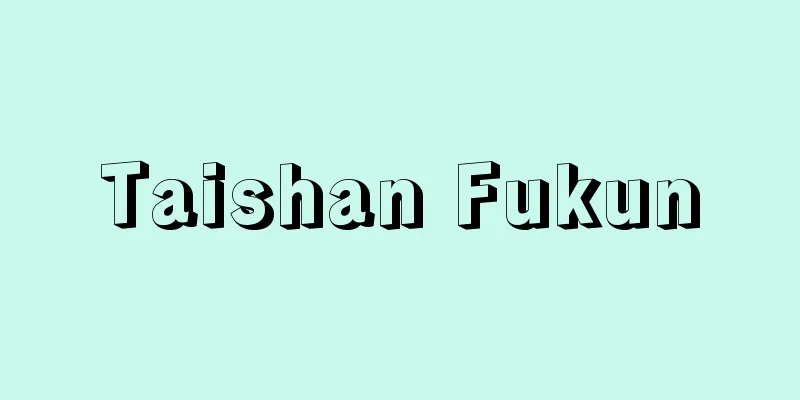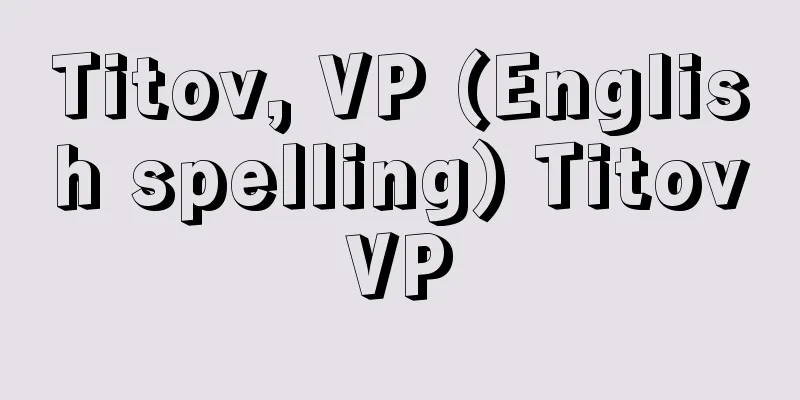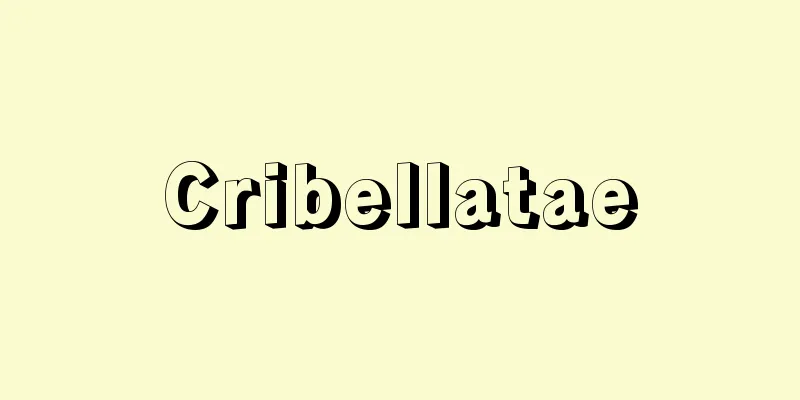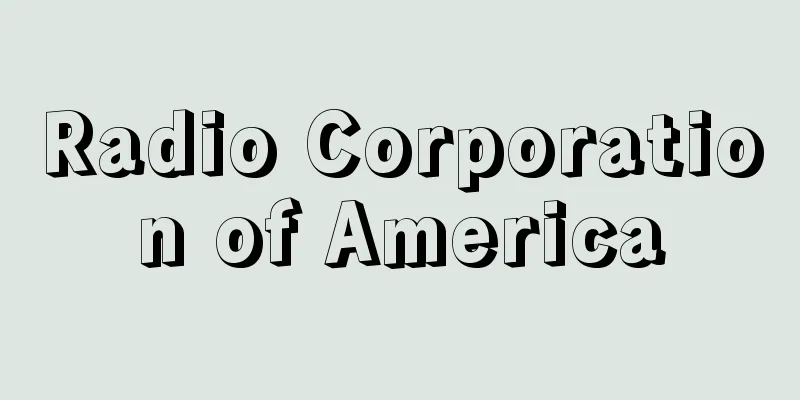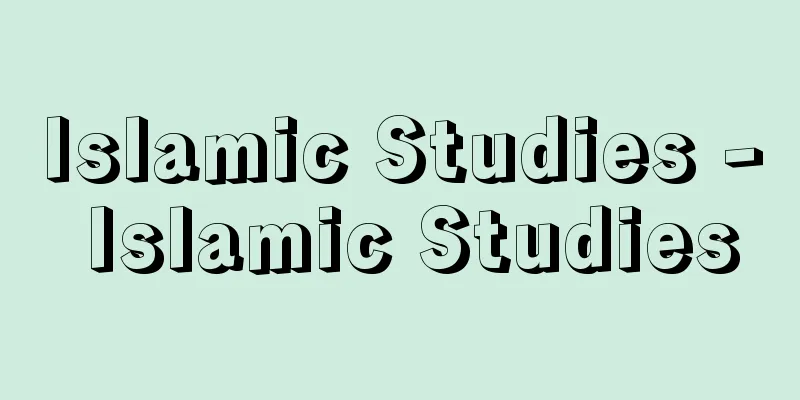Cucuteni culture - Cucuteni
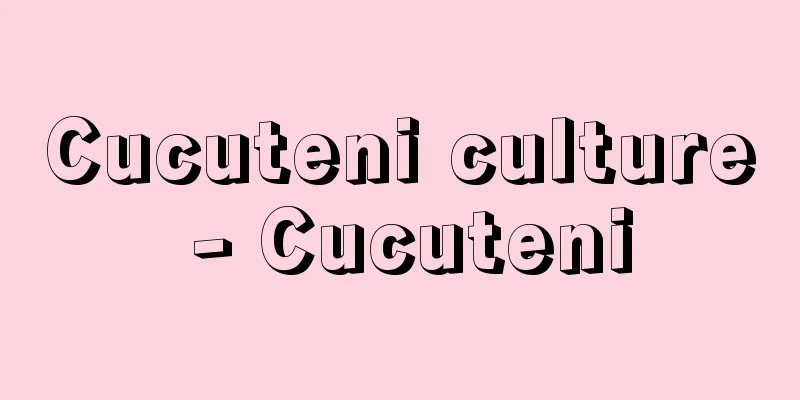
|
One of the European Neolithic (agricultural) cultures. It spread mainly in Romania around the 4th millennium BC. Wheat, barley, and millet were cultivated, harvested with stone sickles, and cooked using stone mortars, stone pestles, and hearths. Cattle were raised, but hunting was also popular, and wild animals, mainly red deer, were captured. Pottery is characterized by painted pottery in white, red, and black. Vessel shapes include bowls and jars with handles. Many female clay figurines were made. Many of the settlements were surrounded by single or double moats, and dwellings with two to four rooms were often arranged in a circle or parallel rows. There is a strong connection with the Tripolie culture, as they are collectively known as the Cucuteni-Tripolie culture. [Tadashi Suzuki] [References] |Source: Shogakukan Encyclopedia Nipponica About Encyclopedia Nipponica Information | Legend |
|
ヨーロッパの新石器(農耕)文化の一つ。紀元前四千年紀ごろルーマニアを中心に広まった。小麦、大麦、キビを栽培し、石鎌(いしがま)で収穫し、石臼(いしうす)、石杵(いしきね)、かまどを用いて調理した。ウシなどを飼育したが、狩猟もなお盛んであり、アカシカを主とする野生動物を捕獲した。土器は、白、赤、黒などで彩る彩文土器を特徴とする。器形には、坏(つき)、把手(とって)付き壺(つぼ)などがある。女性土偶が多くつくられた。集落の多くは一重または二重の堀で囲まれ、2室ないし4室からなる住居が、円形、平行に配置されていることが多い。ククテニ・トリポリエ文化と総称されるように、トリポリエ文化との関連が強い。 [鈴木忠司] [参照項目] |出典 小学館 日本大百科全書(ニッポニカ)日本大百科全書(ニッポニカ)について 情報 | 凡例 |
Recommend
Phase equalizer - isoutouki
...Compensating for frequency and phase character...
Verbena hybrida (English spelling) Verbenahybrida
… [Munemin Yanagi]. … *Some of the terminology th...
Orthogenesis
When fossils belonging to a certain phylogenetic ...
Large ginkgo flower - Large ginkgo flower
...Distributed in Hokkaido and Honshu. Nipponicus...
Ariake [Hot Spring] - Ariake
...Rice has been cultivated here since ancient ti...
Catholic Labor Union - Catholic Labor Union
Please see the International Trade Union Confeder...
Kanpei's Last Words - Kanpyo's Last Words
In 897 (Kanpei 9), Emperor Uda sent his 13-year-o...
Iai Kenchu - Iai Kenchu
…In ancient times, it was called kenden, in the M...
Toda City - Toda City
Born: May 8, 1873 in Hiroshima Died March 5, 1924....
Krüger - Ivar Kreuger
1876‐1932 Swedish businessman and financier. Match...
Izawa Tamenaga
Year of death: Genbun 3.3.1 (April 19, 1738) Year ...
Skewer - Comb
A cooking utensil used to pierce meat or vegetabl...
Oven toaster - Obun toast
...a tool for toasting bread. In Europe and the U...
Hansemann, David
Born: July 12, 1790 in Finkenwerder, near Hamburg ...
Natural enemy - Tenteki
An organism that attacks another organism and eit...


